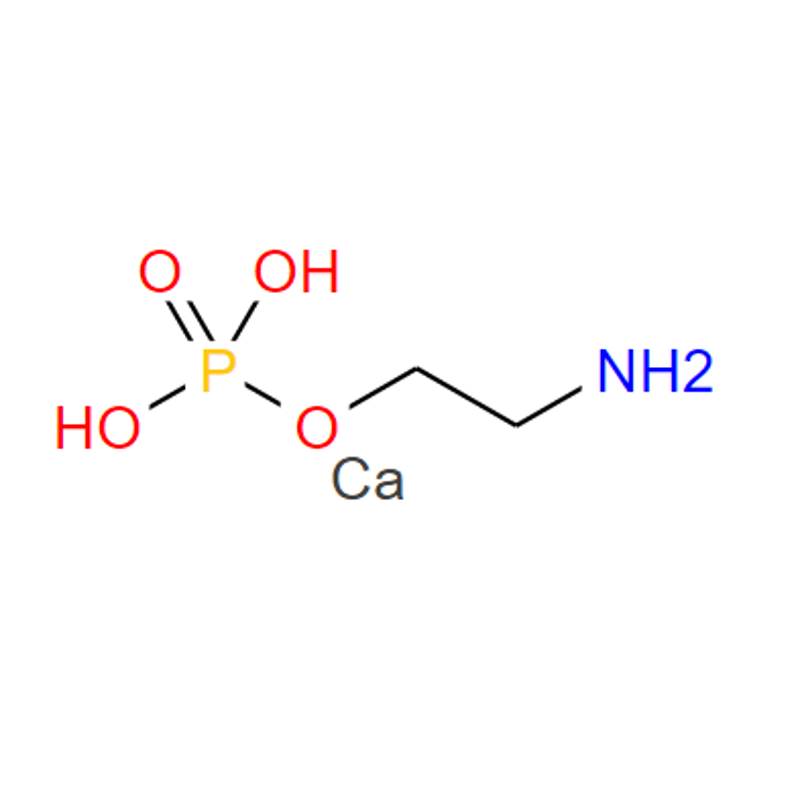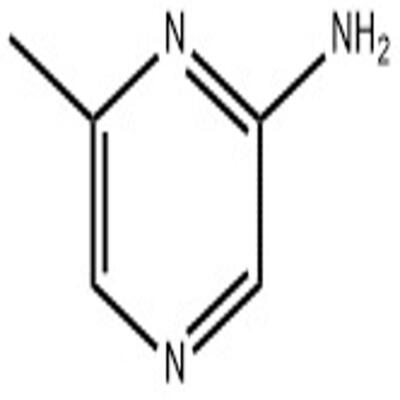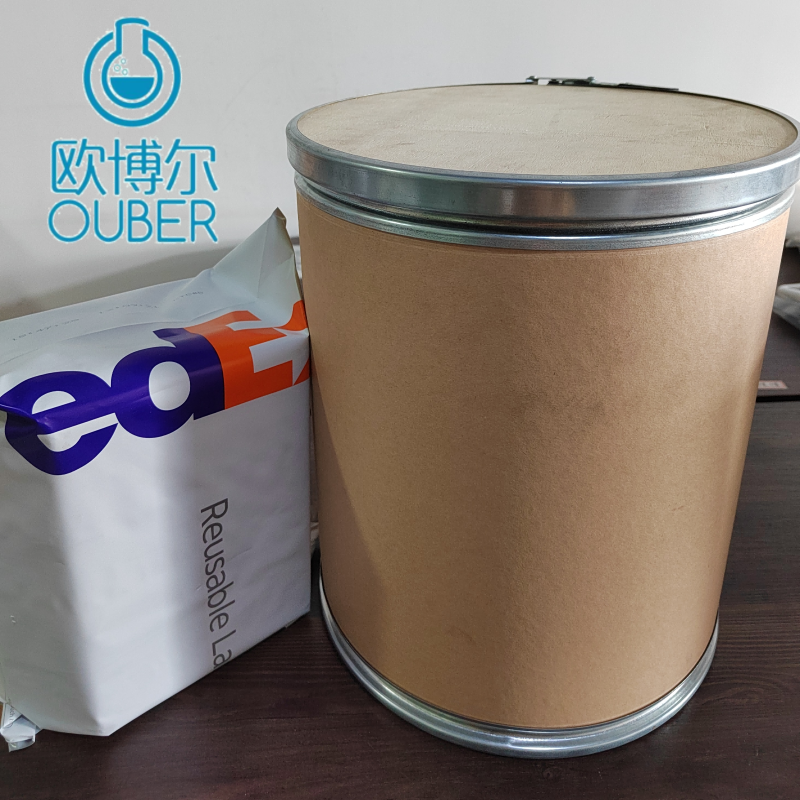-
Categories
-
Pharmaceutical Intermediates
-
Active Pharmaceutical Ingredients
-
Food Additives
- Industrial Coatings
- Agrochemicals
- Dyes and Pigments
- Surfactant
- Flavors and Fragrances
- Chemical Reagents
- Catalyst and Auxiliary
- Natural Products
- Inorganic Chemistry
-
Organic Chemistry
-
Biochemical Engineering
- Analytical Chemistry
-
Cosmetic Ingredient
- Water Treatment Chemical
-
Pharmaceutical Intermediates
Promotion
ECHEMI Mall
Wholesale
Weekly Price
Exhibition
News
-
Trade Service
(S)-tert-Butyl piperazine-3-carboxylate, also known as (S)-1-[[2-[(4S)-4-(dietylamino)-2-oxo-1,3-oxazolidin-3-yl]-5,6-dihydroimidazo[1,2-d][1,4]benzoxazepin-9-yl]amino]propanamide, is a compound that is commonly used as an intermediate in the production of pharmaceuticals and other chemical products.
In the chemical industry, upstream products refer to the raw materials or intermediate compounds that are used to produce a final product.
Downstream products, on the other hand, are the final products that are produced using the intermediate compounds.
In the case of (S)-tert-Butyl piperazine-3-carboxylate, the upstream products would include the raw materials used to produce the compound, such as dietylamine and piperazine-3-carboxylic acid.
These raw materials are typically sourced from suppliers and then processed to produce the desired intermediate compound.
The downstream products for (S)-tert-Butyl piperazine-3-carboxylate would include any pharmaceutical products or other chemicals that are produced using the compound as an intermediate.
For example, (S)-tert-Butyl piperazine-3-carboxylate can be used in the production of HIV protease inhibitors, which are a class of drugs used to treat HIV and AIDS.
The production of (S)-tert-Butyl piperazine-3-carboxylate typically involves several steps, including synthesis, purification, and isolation of the compound.
The synthesis process involves the reaction of dietylamine and piperazine-3-carboxylic acid to produce the desired intermediate compound.
This reaction is typically carried out in a laboratory setting using chemical reagents and equipment.
Once the compound has been synthesized, it is typically purified and isolated using techniques such as crystallization or chromatography.
These processes are used to remove any impurities or unwanted compounds that may have been produced during the synthesis process.
Once the compound has been purified and isolated, it is typically stored and transported to the next stage of production, where it is used as an intermediate in the production of pharmaceuticals or other chemical products.
The use of (S)-tert-Butyl piperazine-3-carboxylate as an intermediate in the production of pharmaceuticals is a good example of the importance of upstream and downstream products in the chemical industry.
By understanding the properties and uses of compounds like (S)-tert-Butyl piperazine-3-carboxylate, chemical companies can develop more efficient and effective processes for producing the chemicals and products that are needed for a wide range of industries, including pharmaceuticals, consumer goods, and more.







